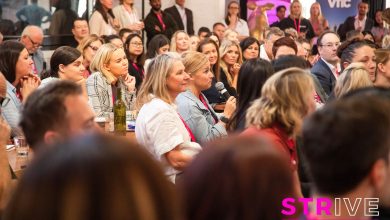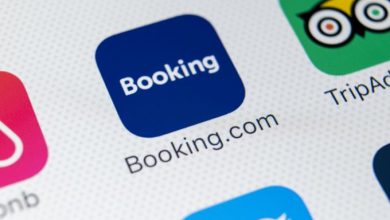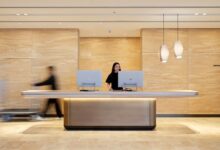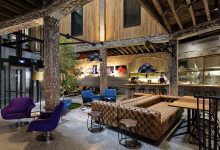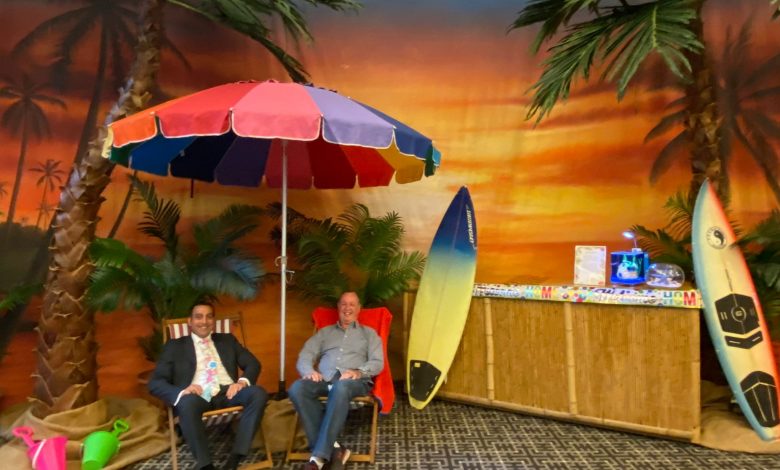
Exclusive: CBD hotels go resort style
JLL Hotels’ Ross Beardsell says that city hotels will need to increasingly resort to leisure until business and conference travel return to strength
When the Melbourne CBD remained eerily quiet, devoid of city workers and interstate travellers, Sofitel Melbourne general manager, Clive Scott, realised something dramatic was required to boost occupancies.
It was time for the Paris end of Collins Street to go troppo.
Off went the stylish business attire for the driveway attendants, and in came the Hawaiian shirts and tropical welcome.
As far as Clive was concerned, if the only significant market available to the hotel was the leisure travel market, then the hotel had to add a touch Malibu to their traditional Melbourne sophistication.
“Our guests were on holiday and we wanted to take their minds off all the issues outside, so inside we turned on vacation mode, with the driveway attendants in Hawaiian shirts, Mai Tais in the bar, a resort-style newspaper, and a chance to win a holiday at Sofitel Noosa,” said Clive.
“It was not only a welcome surprise for our guests, but it also gave us a significant boost against our competitors.”
As the asset managers of the Sofitel Melbourne, Vibhor Kalra and I couldn’t have been happier with the initiative shown by Clive and his team.
We all know how difficult it is to be managing a city hotel in the current climate. The flight from the city centres to the regions has grown even wider over the summer, and the situation has been exacerbated by ever-increasing room supply.
The need to pivot to a more leisure-based marketing strategy will be critical until confidence returns to the corporate and conference sectors.
With his flair for the creative, Clive’s initiative wasn’t totally left field, and other CBD 5-star landmarks such as Hilton Sydney and the Hyatt Hotel Canberra have also successfully adapted to the new market conditions.
Hilton Sydney used the COVID downtime to fully renovate the hotel’s rooms and suites, and to re-launch the hotel and to showcase the hotel’s five suite types, they announced a ‘Suite Escape’ package offering 25% off stays, and included extras such as champagne, petit fours, breakfast and late checkout.
While normally the suites would have been the domain of corporate and international travellers, the audience was largely local, with couples seeing this as a rare opportunity to experience a luxury ‘big night out’ in their own backyard at affordable rates.
The Hilton was able to draw upon the fact that it had a star restaurant – Luke Mangan’s Glass Brasserie – to make the hotel a special occasion venue.
Also responding to the ‘new normal’, Hilton introduced two new room types: the Corner Room, which aimed to appeal to leisure travellers with extra space and extended views of the Sydney skyline via an additional window, and the Family Room, which comprised two interconnecting rooms but could be booked together.
The iconic Hyatt Hotel Canberra has had to contend with Parliament being scaled back for much of the past year, along with very little government-related business, and an almost complete absence of international travellers.
The restrictions forced a complete revision of its marketing strategy, with the leisure drive market becoming a key target market, focusing on the close proximity of the Hyatt’s ‘neighbours’, such as the National Gallery and National Museum, to attract visitors to the hotel.
One of the most-pressing questions for hotel operators and owners in at least the short-term is how can CBD hotels with a considerable amount of function space make this highly valuable real-estate profitable?
While the meetings and events industry had expressed some optimism in 2021 that major conferences and exhibitions would resume in early 2022, Omicron and corporate conservativism has seen a flood of cancellations and postponements at a time where there has never been more availability of hotel function space.
Creative uses of the function space to drive room occupancies has been rare. A few hotels have transformed conference space into activities rooms for children, allowing parents to dine in their restaurants (and hopefully spend big) while the children are entertained, but largely, these spaces have remained empty.
In an interesting example of ‘substitution’, the two year-plus ban of the cruise industry from Australian shores saw the team at Dr Jerry Schwartz’s Paradise Resort Gold Coast effectively sell the family resort as the ‘next best thing’ for cruise junkies.
While hardly likely to cast anchor from its moorings a block away from the Pacific Ocean, the resort adopted the same concept as cruise liners, whereby parents could effectively hand over their children to entertainment managers on arrival and attractions such as ice skating, laser tag, and virtual reality rollercoasters would allow parents to enjoy drinks and peace in their own dedicated areas.
Of course, everyone in the hospitality space is looking for a return to more traditional accommodation patterns. A new wave of hotels has been developed based on pre-COVID occupancy forecasts, but even the most optimistic industry observers are predicting that it will take at least two years until any form of 2019 normal business patterns return.
Until then, there will need to be a large degree of thinking outside the box (or the room) if hotels are to begin achieving anywhere near the ROIs expected prior to COVID.
Ross Beardsell has over three decades of experience in the hotel industry in senior management roles in operations and development. Working initially with Southern Pacific Hotels, then IHG and the Carlson Group, Ross worked in GM positions across the Asia Pacific. In 2008, he joined JLL’s Hotels & Hospitality Group, providing asset management services on behalf of hotel owners to maximise profitability and to provide strategic guidance. He has provided hotel advisory services to the owners of luxury, upscale, mid-market, new hotels, limited-service accommodation, resorts, convention hotels, and pubs – both nationally and internationally.

